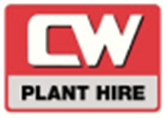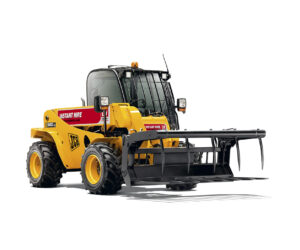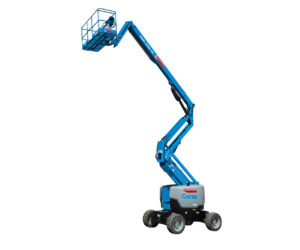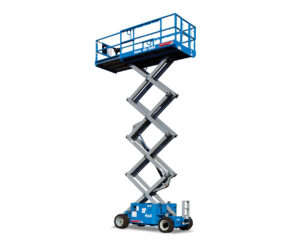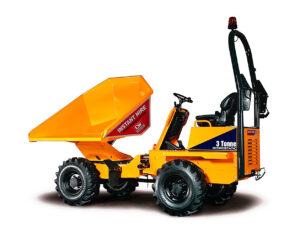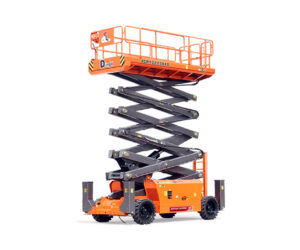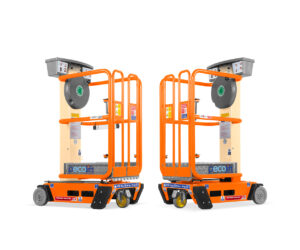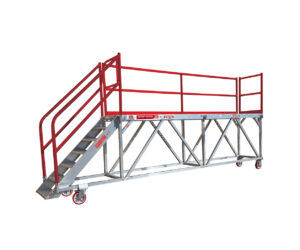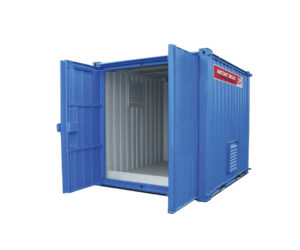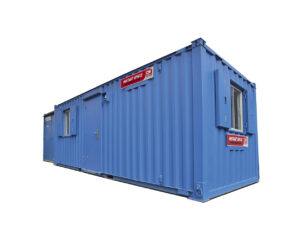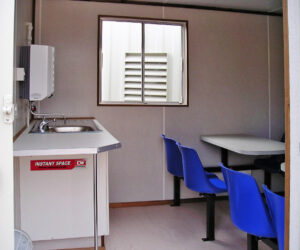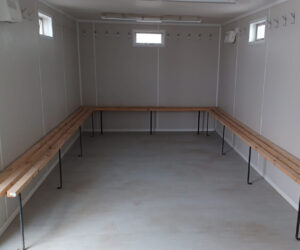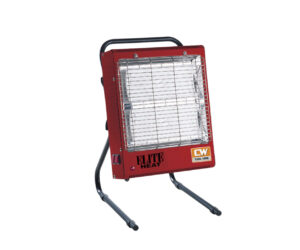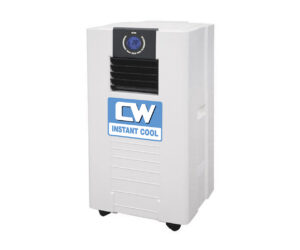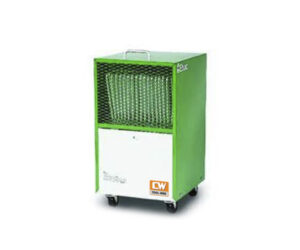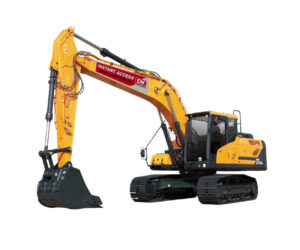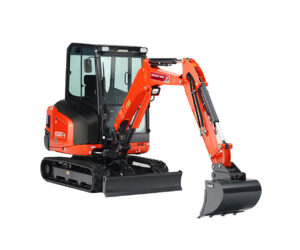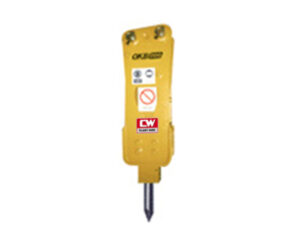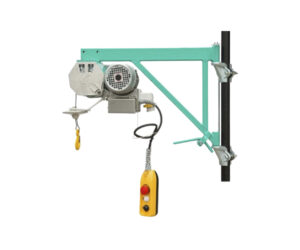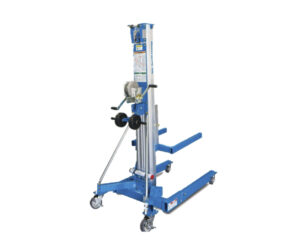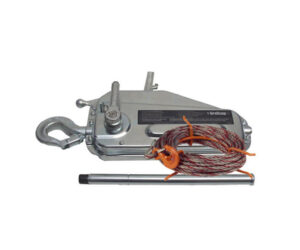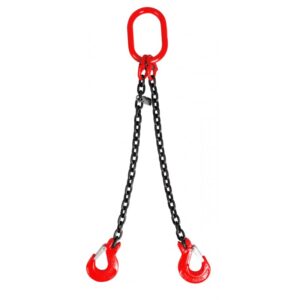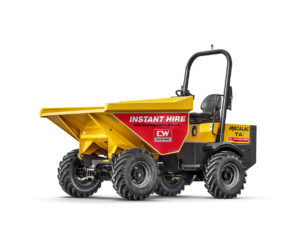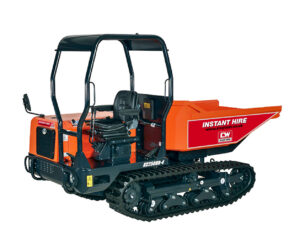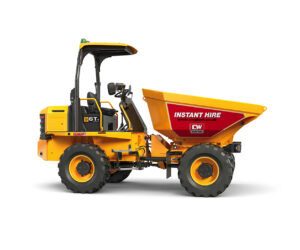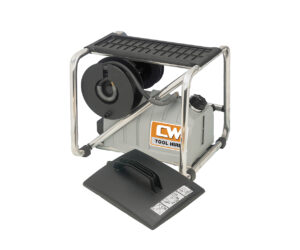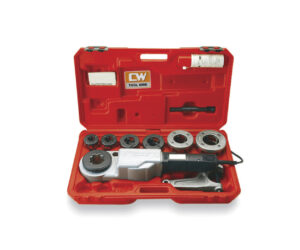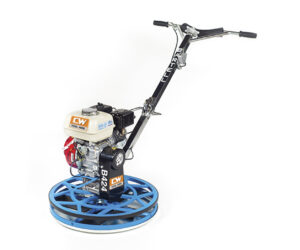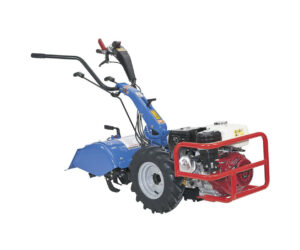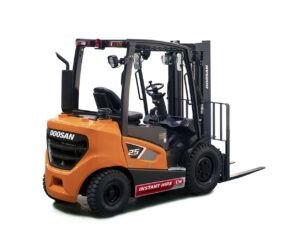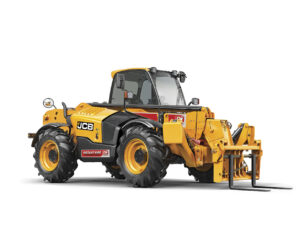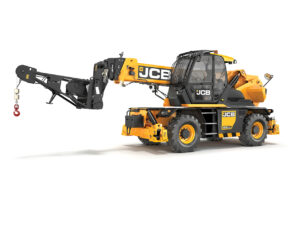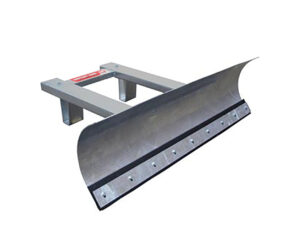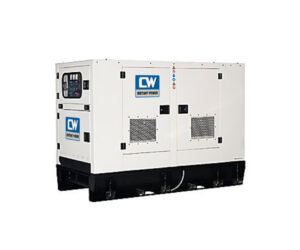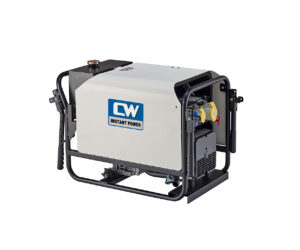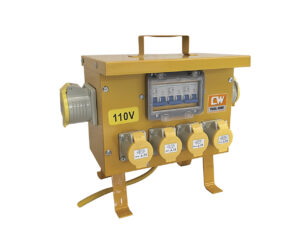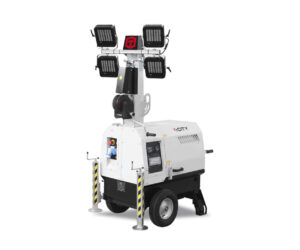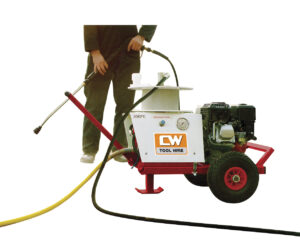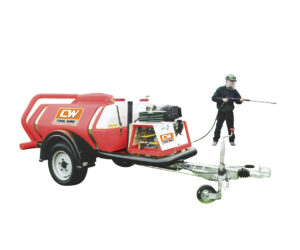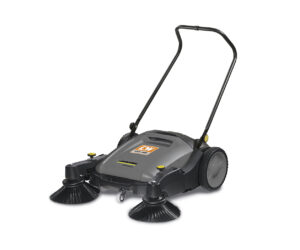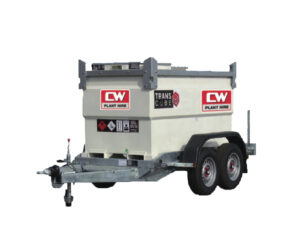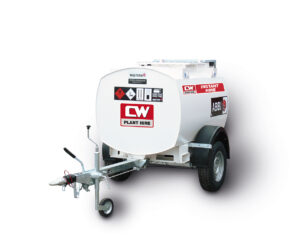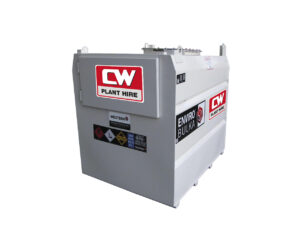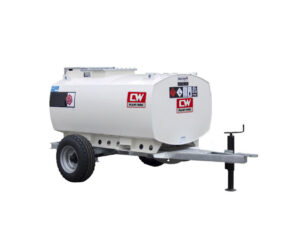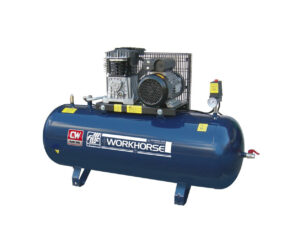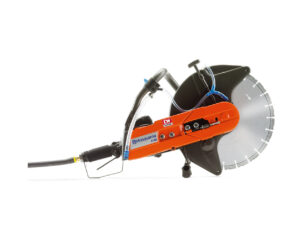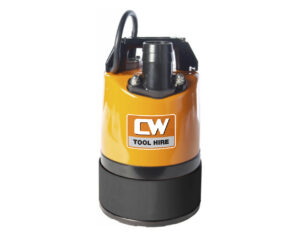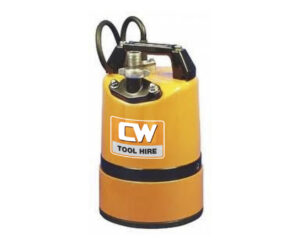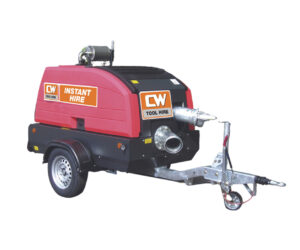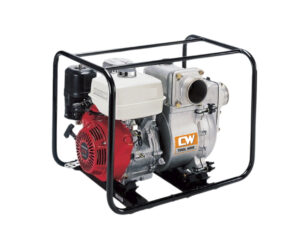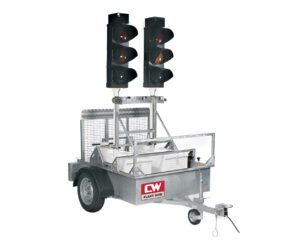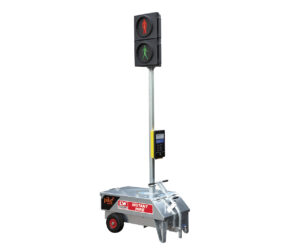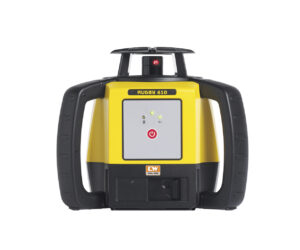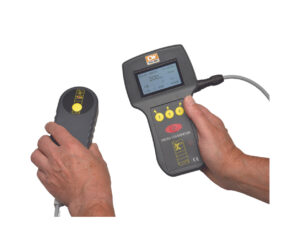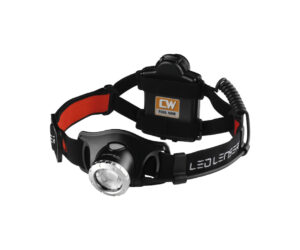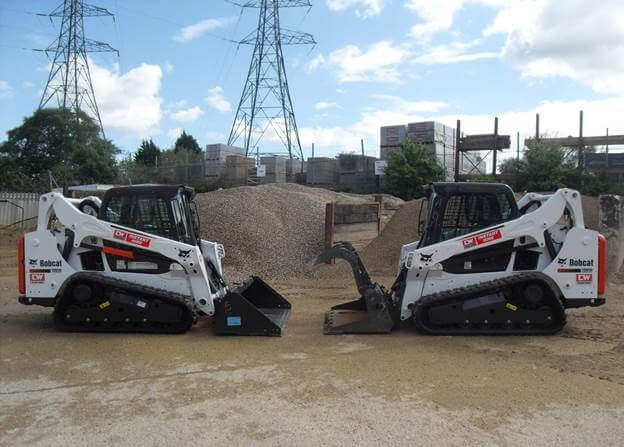A Comprehensive Guide to Skid Steer Attachments
As you may already be aware, a skid steer – or skid steer loader – is a machine that has an almost unlimited number of uses. The compact, rigid-framed and engine-powered workhorse are aptly named thanks to its steering mechanism – meaning the wheels don’t change direction to steer, they simply slow down on either side causing a ‘skid’, which is more like the machine dragging its feet to help pivot. You may have seen these referred to as Bobcats as that is the most well-known manufacturer; it’s somewhat of a ‘Jacuzzi’ and ‘hot tub’ situation where the name of the most popular manufacturer has become synonymous with the product itself.
Part of what makes a skid steer loader so useful is that they have been designed to work with a plethora of different skid steer attachments, many of which you can peruse on our skid steer attachments page, that can help you work in many settings with the same machine. There is, however, a lot to learn about these attachments. That’s why Charles Wilson Engineers Ltd have put together our comprehensive guide to skid steer attachments in the blog post below, endeavouring to answer some of your most pressing questions.
What Are Skid Steer Attachments?
Most conventional skid steer loaders come equipped with a bucket of some description. The manufacturers of these machines, however, decided that a skid steer should act as more of a platform for different attachments that can be added to improve the functionality of the machine.
There are, therefore, perhaps countless skid steer attachments that have all been designed for specialised tasks in order to save the labour of workers and carry out appropriate work in a more efficient and effective fashion. These attachments are powered by the hydraulic ‘arm’ systems that skid steers are famous for.
Are Skid Steer Attachments Universal and Interchangeable?
Not all skid steer attachments are universal, but your skid steer will likely be able to mount most – if not all – attachments you require. This is because there are varying types of skid steer, which range in their capacity and capability, so some attachments are potentially going to be too much for your specific skid steer to handle. You should have a conversation with the supplier of your skid steer and its attachments to come to a conclusion as to whether they will work together.
As mentioned, most skid steers can mount most attachments, but that doesn’t mean they will work together as the platform for attachments itself has been designed to be ‘universal’ and there are adaptors to accentuate this. If you use an attachment that isn’t compatible with your skid steer, it could lead to reduced productivity or a dangerous working environment. You must also consider whether your attachments require high flow or low flow capacity, which we speak more about below.
How to Couple Skid Steer Attachments
Naturally, coupling skid steer attachments is an important part of the process but thanks to the ‘universal’ platform skid steers work on, this is usually quite easy and consistent across most attachments. Here is a quick guide to coupling skid steer attachments:
Remove existing attachments:
Hydro-mechanical only
- Release system pressure stored in the auxiliary lines for machines with ‘connect under pressure’ coupling. To do this, push the coupling toward the machine and hold for five seconds. Check your owner’s manual to see if your attachment needs to do this.
- Take the lines out of the hose guide and couple together afterwards. This just helps to reduce potential for contamination and also minimises pressure buildup for when you next come to use it. Follow the steps below to uncouple the attachment itself.
Uncoupling
- Disengage the coupling pins; this can be done automatically using the button in the cab for powered coupling machines, or manually by pulling the lever behind the attachment.
- Slowly back the machine away from the attachment, making sure to tilt the coupling assembly forward until the top of the assembly clears the angled work plate.
Now you have safely and successfully removed the attachment you don’t need, you can go about coupling the attachment you do need by using the following steps:
Coupling
- Slowly drive toward the attachment, tilting the work plate forward slightly to match the angle of the coupling assembly of the attachment.
- Lift the coupler and tilt it backward toward the skid steer.
- Powered coupling – hold down the button in the cab until the pins are engaged / Manual coupling – safely exit the cab and engage the pins using the lever behind the coupling assembly.
- Ensure the attachment is secure by tilting it completely down and dragging it backward along the ground to check for movement in the coupling assembly.
- Lift the tool back up and check visually for any movement and that the pins are still engaged. Consult the owner’s manual of your attachment to check for any specific instructions for attaching.
After you have followed these steps, if you have a hydro-mechanical attachment, you need to connect the hydraulic power. Here is how to connect the hydraulic lines from the attachments to the auxiliary connectors on the machine.
- First, exit your machine safely maintaining three points of contact at all times.
- Then, clean the connector and route the standard flow lines through the hose guide, which is on the left lift arm. Remember to check your owner’s manual for the correct routing for your attachment.
- Finally, the hydraulic lines can be attached to the machine by first releasing the pressure if your machine is equipped with ‘connect under pressure’ couplings. To do this, push the connection on the work tool together with the coupler on the machine and hold toward the machine for five seconds.
What Are the Main Skid Steer Attachments?
As aforementioned, there are almost countless skid steer attachments to choose from and their function isn’t always obvious upon first inspection. Here is a guide to some of the main attachments you’re likely to require or encounter:
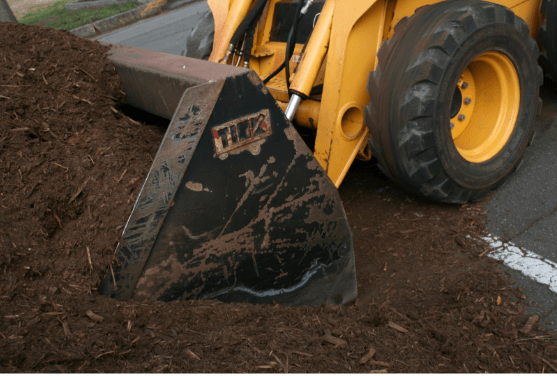
Bucket – This is what a lot of skid steer loaders will come pre-installed with and is a pretty general-purpose, utilitarian tool. Some of these will even be a specific ‘four-in-one’ variation with an opening bucket that can be used to move debris, push loose material, dig, and drag-back material (with the bucket open).
Breaker – A more targeted tool, the breaker attachment is usually applied for breaking up materials, in the same vein as a jackhammer. This hydraulic ‘hammer’ is useful for demolition, construction, and road maintenance applications.
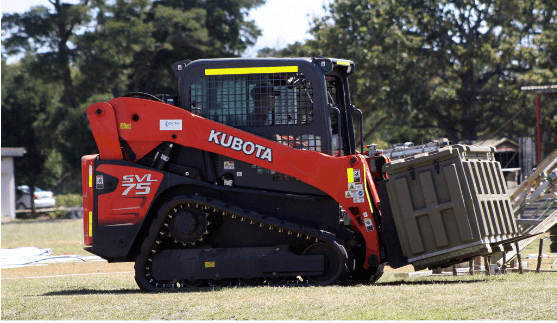
Forks – The fork attachment can help convert your skid steer into a capable makeshift forklift for the manoeuvring of large masses of material on pallets (most commonly).
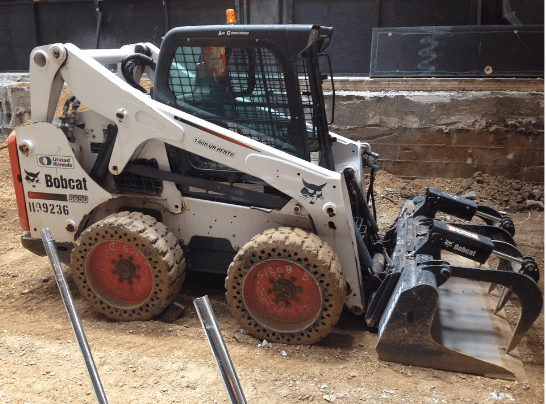
Grapple bucket – Capable in many industries, the bucket of this attachment is used for scooping and holding material (like a standalone bucket), but the tines help to grapple larger and more awkward materials like logs.
Planer – Generally for the cutting and milling of concrete, the planer chips away at the material below it and can even immediately recycle it.
Spreader – A spreader is, as the name suggests, an attachment for the spreading of granular materials – such as seed, fertiliser, sand, and salt. These are commonly used in the winter for salt spreading to help clear snow.
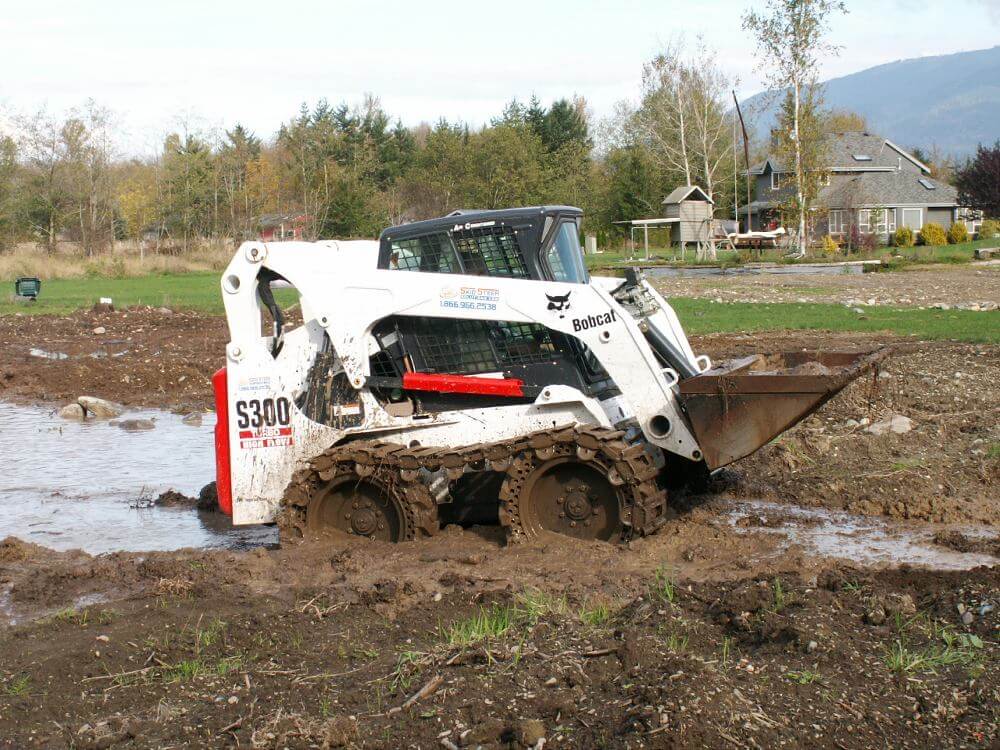
Steel tracks – To help improve the handling and traction of your skid steer on loose surfaces – such as sand, rocks, and mud – steel tracks are ideal. These only work with specific types of tyres, including the stock tyres on your skid steer from new, so be aware of this.
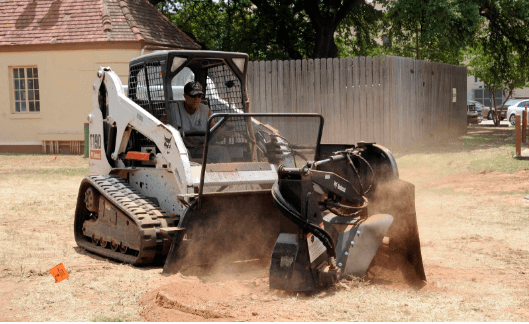
Stump grinder – Positioned at a 90-degree angle from the driver of the skid steer, a stump grinder is most commonly used for cutting tree stumps and logs for resizing.
Sweeper – Naturally, a sweeper is the attachment most suitable for sweeping, cleaning, and collecting debris in both forward and reverse motions. There is also often an optional gutter brush for increased versatility and effectiveness.
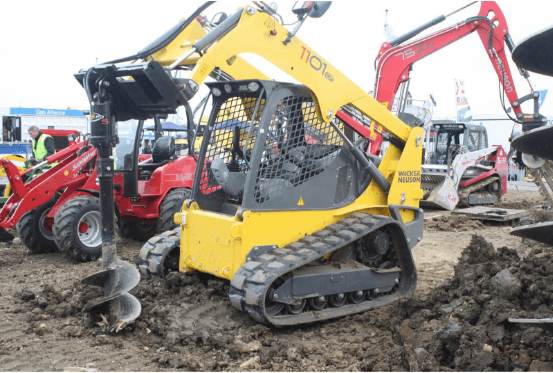
Auger – An auger is the skid steer attachment for the benefit of boring large holes in the ground, whether they are for planting trees or poles etc. They are hydraulic and can come in a variety of widths to accommodate your requirements.
Flail cutter – If you’re looking to clear light brush and small trees, a flail cutter is the right attachment for the job. Their floating linkage means they can easily follow the terrain and they are great for efficiently removing unwanted shrubbery, even in tight areas.
What Skid-Steer Attachments Require High Flow?
If you are yet to purchase your skid steer loader, you may be weighing up the pros and cons of purchasing one with high flow capacity vs low flow. Here’s what you need to know:
Flow refers to how much hydraulic fluid moves through the hoses that power the attachments of a skid steer (these two hoses being the one from the skid steer to the attachment and the other going back from the attachment to the skid steer and its filtering system). This force is measured in terms of gallons per minute. Generally, ‘low flow’ covers between 18 and 25 gpm and ‘high flow’ would be between 30 and 45 gpm. ‘Standard flow’ are those that fall somewhere in between these.
So, do you need a high flow skid steer? If you are intending on using your machine for heavy-duty tasks and with attachments that have their own motors – such as stump grinders and breakers – it’s best to go for high flow. High flow machines will better accommodate these heavy-duty attachments and can easily work with those that only require the low flow gpm.
If you aren’t looking to use these heavy-duty attachments, and might just require a skid steer for a bucket and a spreader, you should be able to opt for a low flow option and save some money.
Our general recommendation is that it’s better to be safe than sorry and spend the slight extra bit of money to ‘future proof’ your machine and be sure you’re never caught short.
All Bases Covered
Much as a skid steer was designed with attachments that cover all bases in mind, we have just about covered all bases of the basic – yet comprehensive – guide to skid steer attachments. With the information, we have provided you on background, interchangeability, specific attachments, and high flow capability, you should be well on your way to getting the most out of your skid steer loader.
Charles Wilson Engineers Ltd
Here at Charles Wilson Engineers Ltd, we stock the whole range of skid steer attachments that we have discussed in this blog and even a range of skid steer loaders that can suit your requirements. You can take a look at these on our skid steer loaders page and our skid steer attachments page.
Contact
If you would like to enquire further about our skid-steer related items, or anything else at all, please reach out to us by calling 01582 763 122 or filling out our simple contact form.
